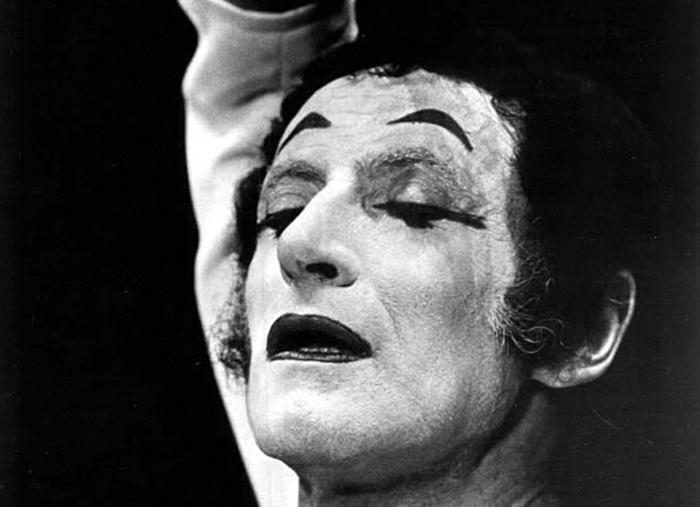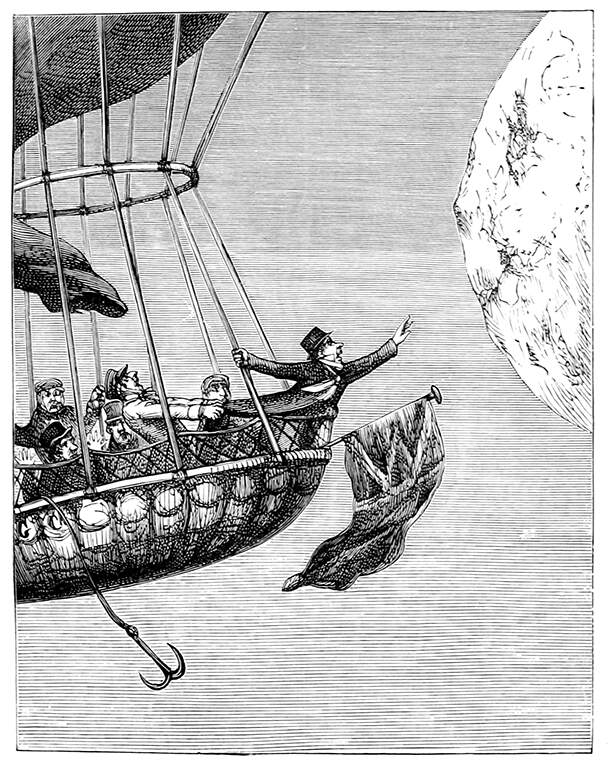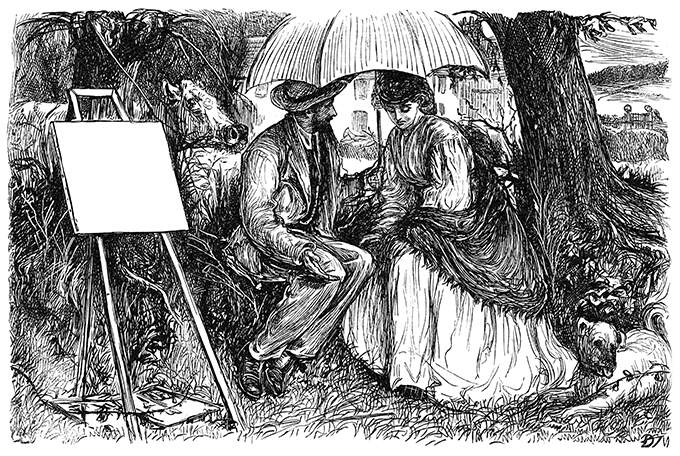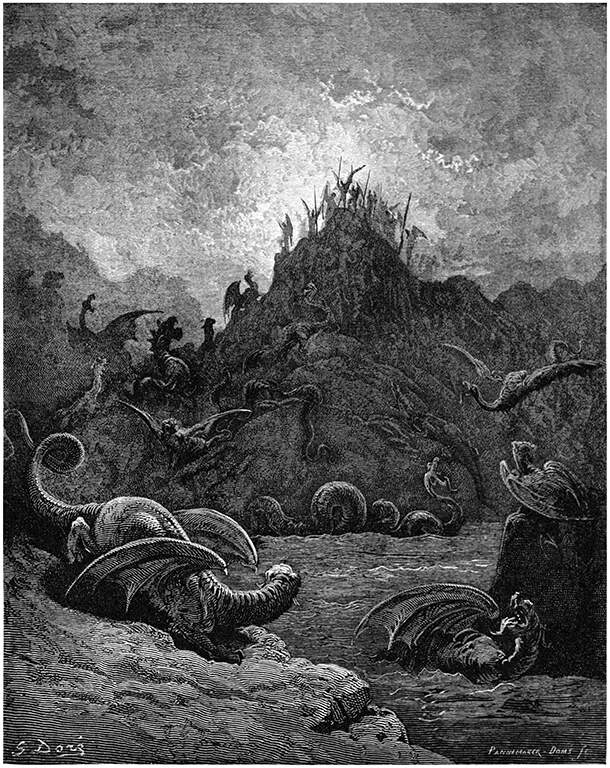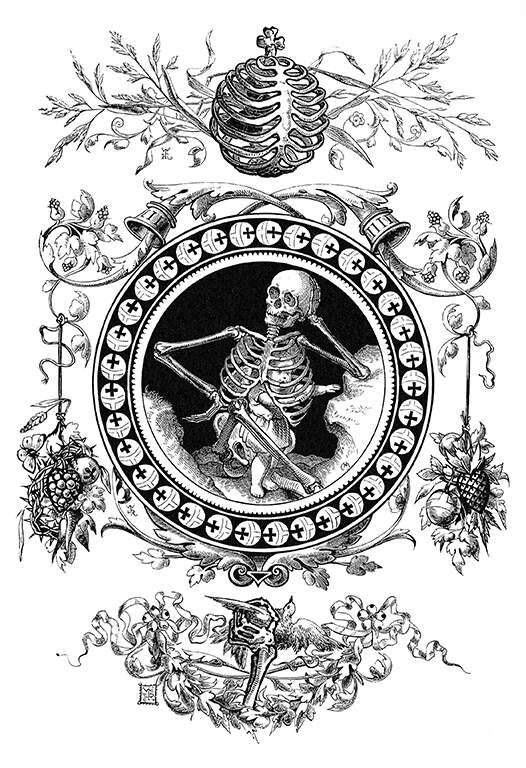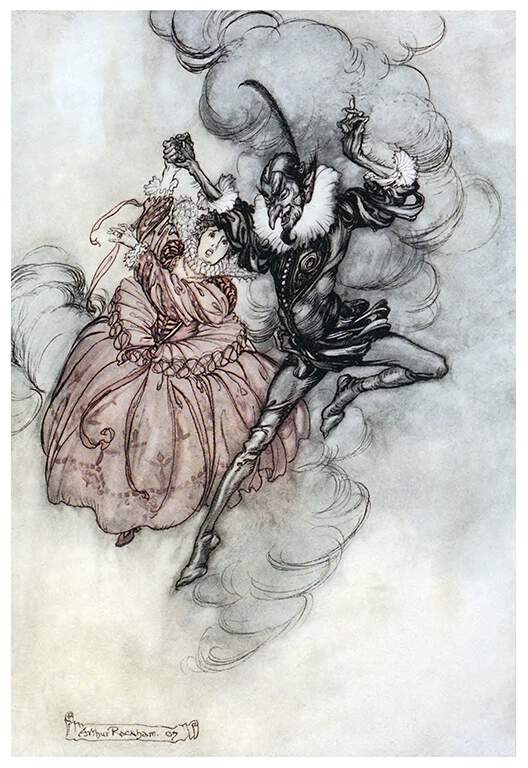The title of the TED talk above, “Flow, the secret to happiness,” might make you roll your eyes. It does indeed sound like self-help snake oil. But as soon as you hear the speaker, psychologist Mihaly Csikszentmihalyi, describe the rationale for his happiness study, you might pay more serious attention. After living through the Second World War in Europe (he grew up in what is now Croatia), Csikszentmihalyi says he “realized how few of the grownups I knew were able to withstand the tragedies that were visited upon them; how few of them could even resemble a normal, contented, satisfied, happy life once their job, their home, their security was destroyed by the war.”
He became interested, he says, “in understanding what contributed to a life that was worth living.” Csikszentmihalyi’s concerns are far from trivial, and his background and wealth of research lend his ideas a good deal of weight and credibility.
After chancing upon a Jungian lecture in Switzerland by a speaker who turned out to actually be Carl Jung, Csikszentmihalyi embarked on a course of study in the field now widely known as “positive psychology.” He now co-directs the Quality of Life Research Center at Claremont Graduate University and studies “human strengths such as creativity, engagement, intrinsic motivation, and responsibility.” Yes, he may present his ideas in popular self-help books and articles, but this does not make his data or conclusions any less sound than in his academic work. “Flow” is the shorthand word he uses to refer to the thesis of his book of the same name: “A person can himself [or herself] be happy, or miserable, regardless of what is actually happening ‘outside,’ just by changing the contents of consciousness.”
What does this mean? Youtuber Fight Mediocrity’s short book video book review above—which also teaches us how to pronounce Csikszentmihalyi’s name—explains the concept in brief, noting the book’s references to Stoic philosophers Epictetus and Marcus Aurelius and psychologist and Holocaust survivor Viktor Frankl to point out that the idea isn’t new but has been around for centuries: The idea being, as Csikszentmihalyi says in his TED talk, that we naturally experience the greatest happiness when fully absorbed in work we find meaningful and fulfilling. What Csikszentmihalyi calls “flow” is a meditative state we might compare to the ancient Buddhist state of ekaggata—or “one-pointed concentration”—a state meditation teacher Shaila Catherine describes as “certainty, deep stability, and clarity…. The mind is completely unified and ‘one with the experience.’”
Indeed, like the Buddhist conception, which contrasts ekaggata with a restless greed that can never be satisfied, Csikszentmihalyi contrasts “flow” with wealth, and cites research suggesting that above a certain level of basic material well-being (which far too many people do not yet have), “increases in material resources do not increase happiness.” Csikszentmihalyi partly reached his conclusions by studying the emotional states of artists, musicians, scientists, and other creative individuals, who all reported experiencing pure states of contentment and joy when so fully concentrated on their work that they forgot themselves—or, more accurately, the constellation of daily anxieties, regrets, worries, fantasies, and preoccupations that we tend to call the self. As Csikszentmihalyi strongly suggests in his books and talks, the more we can lose ourselves intensely in creative activities that bring us fulfillment, the closer we come to being in harmony with ourselves and our world.
See another talk on “flow” and happiness above, from a 2014 “Happiness & its Causes” conference in Sydney, Australia.
If you would like to sign up for Open Culture’s free email newsletter, please find it here. It’s a great way to see our new posts, all bundled in one email, each day.
If you would like to support the mission of Open Culture, consider making a donation to our site. It’s hard to rely 100% on ads, and your contributions will help us continue providing the best free cultural and educational materials to learners everywhere. You can contribute through PayPal, Patreon, and Venmo (@openculture). Thanks!
Related Content:
Free Online Psychology & Neuroscience Courses
Albert Einstein Tells His Son The Key to Learning & Happiness is Losing Yourself in Creativity (or “Finding Flow”)
The Keys to Happiness: The Emerging Science and the Upcoming MOOC by Raj Raghunathan
All You Need is Love: The Keys to Happiness Revealed by a 75-Year Harvard Study
A Guide to Happiness: Alain de Botton Shows How Six Great Philosophers Can Change Your Life
Slavoj Žižek: What Fullfils You Creatively Isn’t What Makes You Happy
Josh Jones is a writer and musician based in Durham, NC. Follow him at @jdmagness
